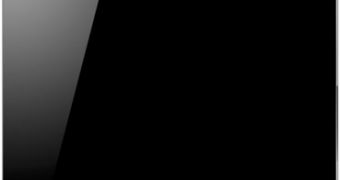Like all new technologies, OLED has been turning heads over the past couple of years, but some may be disappointed to learn that the display isn't the type to quickly oust existing product lines.
If what ABI Research says is true, OLED TVs will not sell in high quantities this year (2012). In fact, they won't even sell in small quantities.
Instead, LCD TVs will continue to dominate, due to the price of OLED, the few models currently available, the lack of size variety and low buyer familiarity.
Thus, 2012 will end with flat panel CCFL TV sales of around 74%, LED LCD TV sales of 35% and OLED TV sales of 1%.
“Picture quality is also highlighted as a key benefit for OLED screens, but consumer behavior suggests this might not engender as much perceived value as some might presuppose,” said Michael Inouye, senior analyst at ABI Research.
“Higher contrast ratios and more vibrant colors while nice, will continue to lose out to screen size and price for those consumers who embrace and fully enjoy streaming video, think Blu-ray picture is good, but still enjoy DVD. In the end OLED TVs, at least in the beginning, will likely be more of a statement of status or strong appreciation of form factor than video quality.”
Even if users didn't care about prices and size more than they do about other factors, OLED TVs are seriously expensive.
The cheapest, with 60-inch diagonals or smaller, will go for $5,000 / 4.075 Euro, but only if customers are very, very lucky. $10,000 / 8,149 Euro is the more likely average sum, really. Compared to that, 80-inch LED TVs, at $4,000 / 3,259, are cheap.
“Primary research conducted in the US continues to suggest most consumers place price and screen size above all other factors. While display technology is cited as very important as well, the prices OLED TVs are expected to command, at least through 2013, will make it a difficult sell for most consumers,” said Sam Rosen of ABI Research.

 14 DAY TRIAL //
14 DAY TRIAL //